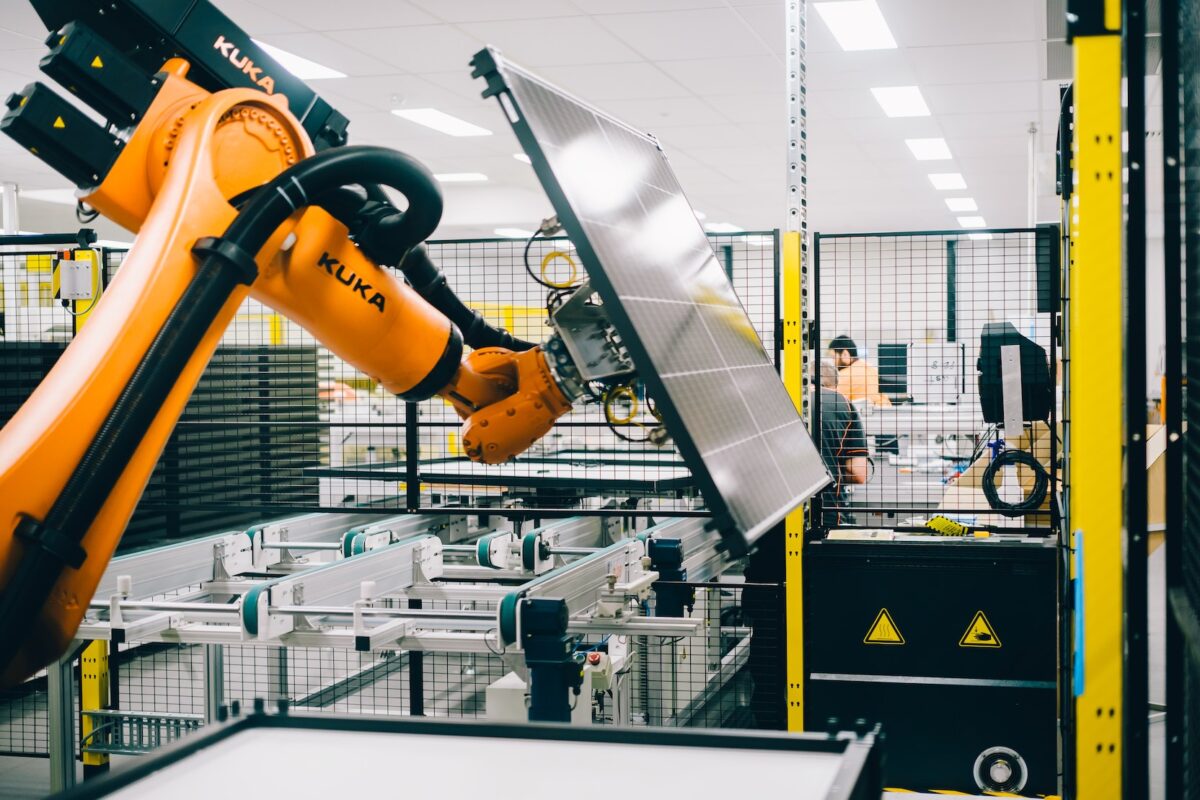The $1.12 million (USD 760,000) Silicon to Solar (S2S) study, an initiative of the Australian Photovoltaic Institute (APVI), will look at how Australia can establish a domestic solar panel manufacturing industry and diversify supply chains as solar contributes a growing share of the nation’s electricity mix.
The Australian Energy Market Operator’s (AEMO) Integrated System Plan projects Australia will need 120 GW of installed solar capacity by 2050, representing a four-fold increase on current capacity.
Delivering this step change in solar capacity will require robust and reliable supply chains but Australia is currently heavily reliant on the availability of solar modules that are predominantly manufactured in China.
Federal Energy Minister Chris Bowen said this dependency on a single external source raises concerns about Australia’s control over the solar supply chain and urgent action is required to secure the supply of the inputs into solar panels and find opportunities to reap the benefits of manufacturing at home.
“We’ve put 60 million solar panels on roofs in Australia in the last 10 years. One per cent of them have been made in Australia. We aim to change that,” he said.
“While we’ve been a global leader in solar PV deployment, we rely too heavily on overseas supply for our solar panels, which poses major risks due to production concentration and vulnerabilities in the supply chain.”
Bowen said Australia is well placed to become a major manufacturer of solar panels for the domestic market and an exporter to the rest of the world, noting the country has the required resources, people, and market scale.
“To achieve net zero, the world is going to need more reliable supply chains to meet surging demand for solar panels and Australia has what it takes to be a major supplier,” he said.
“Over 80% of today’s global solar PV manufacturing uses technology developed in Australian laboratories.”
The APVI will work with the Australian Centre for Advanced Photovoltaics (ACAP) on the S2S study, which will look at what is needed to establish a domestic manufacturing industry, including technical, commercial, regulatory and social licence issues.
Other industry partners involved in the study include Australia’s only commercial solar panel manufacturer Tindo Solar, solar technology innovators 5B and SunDrive, along with AGL, Aspiradac, Energus and Siemens.
APVI S2S Project Manager Muriel Watt said the study will explore the challenges and opportunities for manufacturing solar panels and components onshore, examine renewable energy export potential, and investigate the policy options required to achieve them.
“We’re excited to be working with industry partners to map out a strategy for Australia to develop local industry opportunities across the solar supply chain,” she said.
The study, which will receive more than $541,000 in grant funding through the Australian Renewable Energy Agency (ARENA), will include a market assessment of domestic and global solar demand and manufacturing capability.
It will also include an economic assessment of the value chain from polysilicon, ingots, wafers, cells, module production to end-of-life treatment, to determine whether Australian manufacturing can be globally cost competitive at a scale that meets future PV demand.
The study is expected to be completed by October 2023.
This content is protected by copyright and may not be reused. If you want to cooperate with us and would like to reuse some of our content, please contact: editors@pv-magazine.com.









1 comment
By submitting this form you agree to pv magazine using your data for the purposes of publishing your comment.
Your personal data will only be disclosed or otherwise transmitted to third parties for the purposes of spam filtering or if this is necessary for technical maintenance of the website. Any other transfer to third parties will not take place unless this is justified on the basis of applicable data protection regulations or if pv magazine is legally obliged to do so.
You may revoke this consent at any time with effect for the future, in which case your personal data will be deleted immediately. Otherwise, your data will be deleted if pv magazine has processed your request or the purpose of data storage is fulfilled.
Further information on data privacy can be found in our Data Protection Policy.